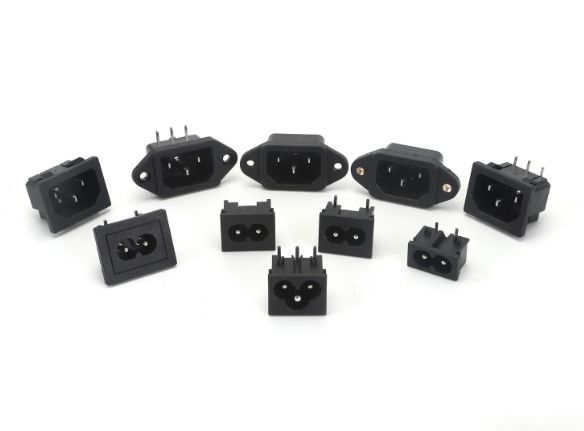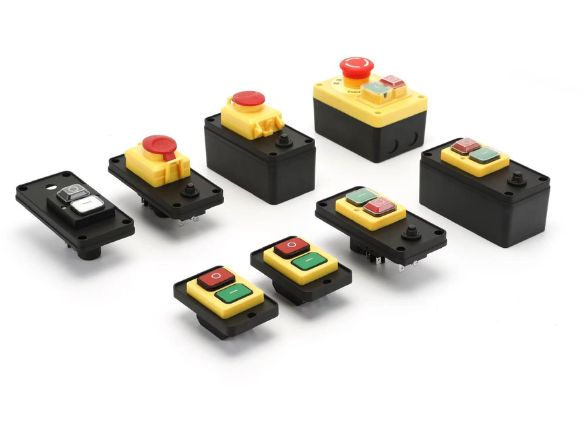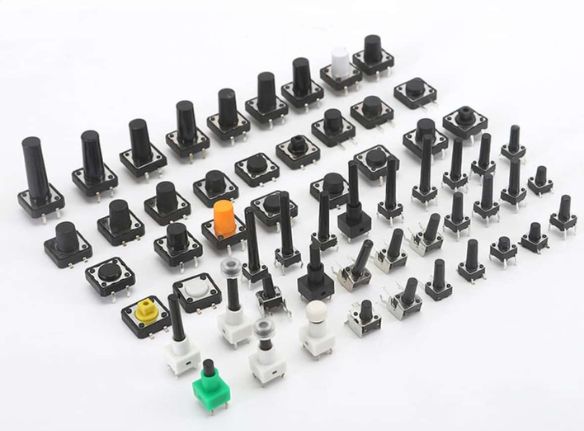What is Single Pole Single Throw Switch?
A Single Pole Single Throw (SPST) switch is the most basic type of electrical switch, designed to control a single circuit with two possible states: on or off. It consists of one input (pole) and one output (throw).
Key Components:
- Pole: The single connection point where electrical current enters the switch.
- Throw: The single output connection where current exits.
- Actuator: The physical mechanism (e.g., toggle, rocker, or push-button) used to operate the switch.
- Contacts: The internal components that make or break the electrical connection.

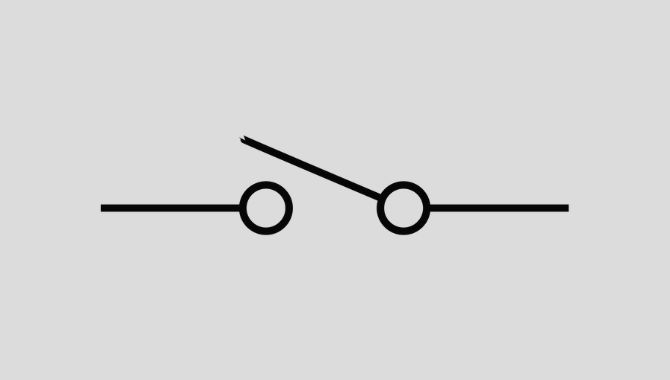
Single Pole Single Throw Switch Symbol
A Single Pole Single Throw (SPST) switch is an electrical component that can either connect or disconnect a single circuit. It has two terminals and acts as a simple on/off switch. When the switch is closed (on), current flows through the circuit; when it’s open (off), the circuit is broken, and no current flows. The symbol for an SPST switch typically shows a straight line connecting two points, often with an open gap to represent the off position.
Single Pole Single Throw Switch Diagram
A Single Pole Single Throw (SPST) switch is a simple on/off switch. It has two terminals: one for the input and one for the output. When the switch is closed, the circuit is complete and current flows from the input to the output. When the switch is open, the circuit is broken and no current flows. It’s commonly used to control a single device or function in a circuit.
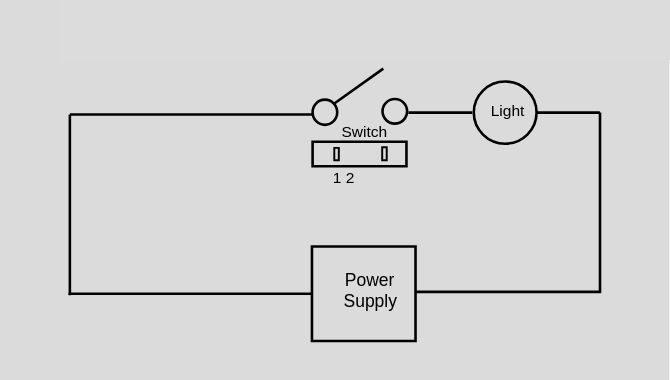

How to Wire a Single Pole Double Throw Switch?
A Single Pole Double Throw (SPDT) switch is a type of electrical switch that has one input terminal and can connect to one of two output terminals. It can control two different circuits, allowing current to flow through one of two possible paths. To wire it, connect the input terminal to the power source, and each of the output terminals to the devices you want to control.
SPST Toggle Switch Wiring Diagram
An SPST (Single Pole Single Throw) toggle switch is a basic on/off switch used to control the flow of electricity in a circuit. Our SPST switches are designed for durability, with high-quality materials that ensure reliable performance. Features include easy installation, robust construction, and a wide range of applications. Choose our switches for superior reliability and competitive pricing.
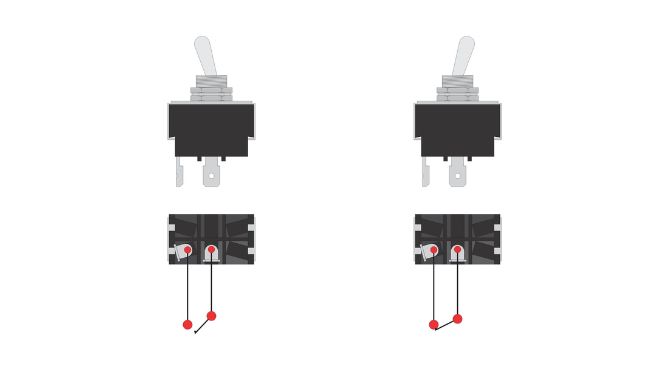
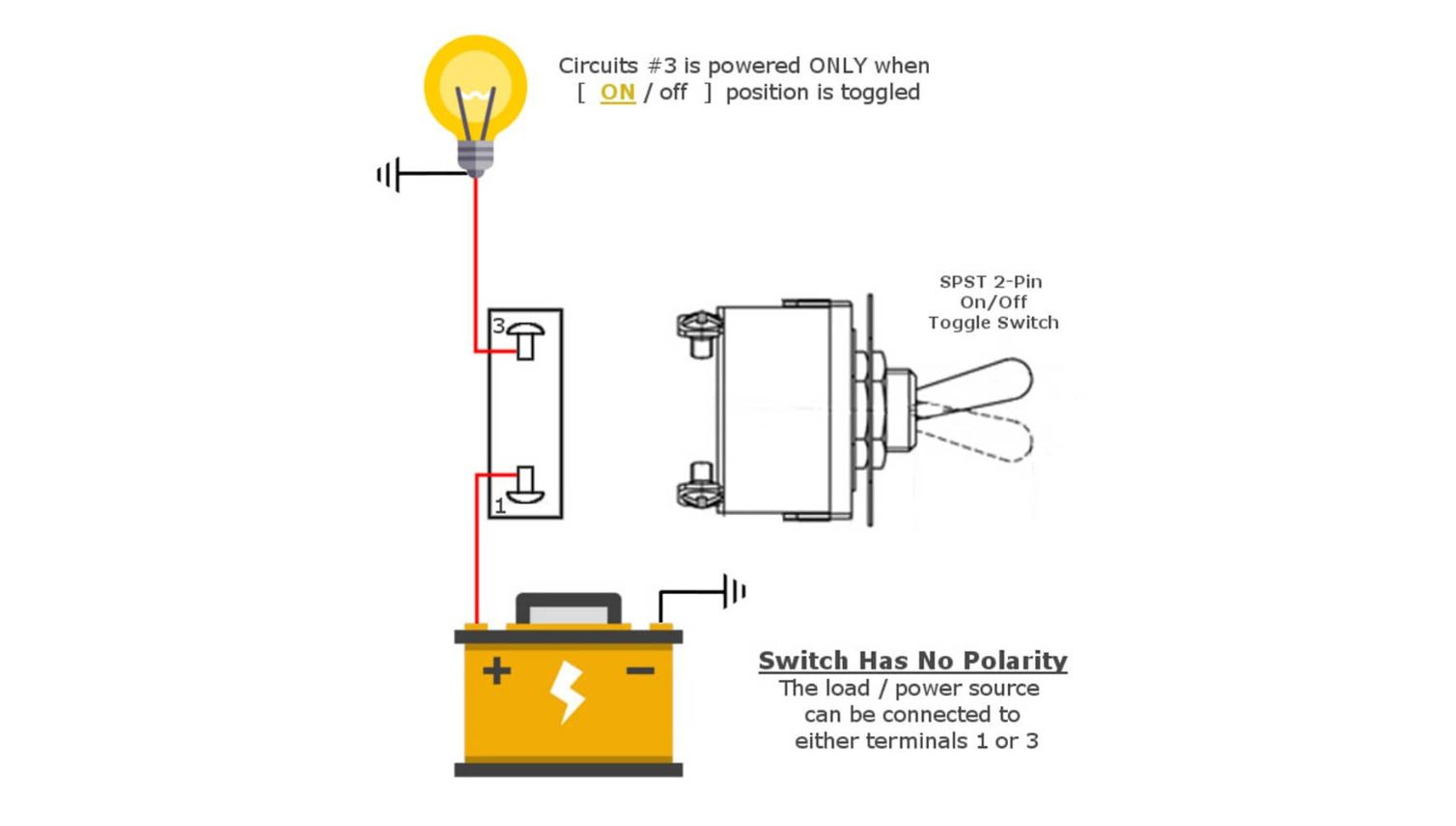
SPST Toggle Switch for Lamp
Our toggle switch for lamps offers reliable performance and easy installation. Made with high-quality materials, it ensures durability and a long lifespan. The ergonomic design provides a comfortable grip, making it user-friendly. Our products are rigorously tested for safety and compliance with international standards. Choose us for efficient, safe, and stylish lighting solutions.
SPST VS SPDT
.jpg)
- Has one input (pole) and one output (throw)
- Two possible states: on or off
- Simplest switch type, used for basic on/off control
- Two terminals: one input and one output
- Examples: light switches, push buttons

- Has one input (pole) and two outputs (throws)
- Three terminals: one common input and two outputs
- Can switch between two different circuits
- Suitable for on-on or on-off-on applications
- More versatile than SPST switches
Various types of switches
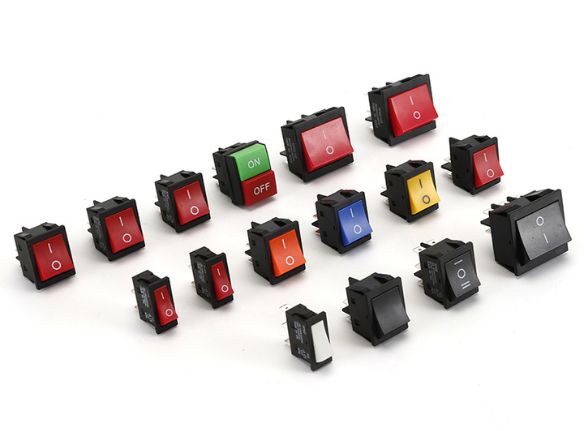
A Single Pole Single Throw (SPST) rocker switch is an electrical switch that controls one circuit by either connecting or disconnecting it. When you flip the switch to the “on” position, it completes the circuit, allowing current to flow. In the “off” position, it breaks the circuit, stopping the current. This type of switch is commonly used in household appliances and simple electronic devices.

A Single Pole Single Throw (SPST) Marine Rocker Switch is a simple on/off switch used mainly in marine applications. It has one input (pole) and one output (throw), controlling a single circuit. When the switch is “on,” it completes the circuit, allowing current to flow. When “off,” it breaks the circuit. Designed to withstand marine environments, it is often water-resistant and durable against salt and moisture.
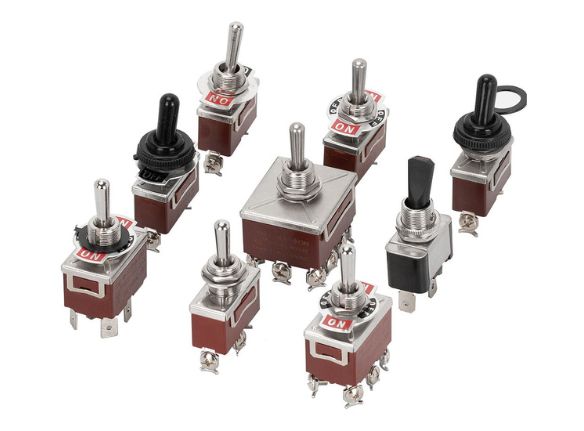
A Single Pole Single Throw (SPST) toggle switch is a simple on/off switch that controls a single circuit. It has two terminals: one for input and one for output. When the switch is toggled to the “on” position, the circuit is completed, allowing current to flow between the terminals. When toggled “off,” the circuit is open, stopping the current. It’s commonly used in basic electrical applications for straightforward control.
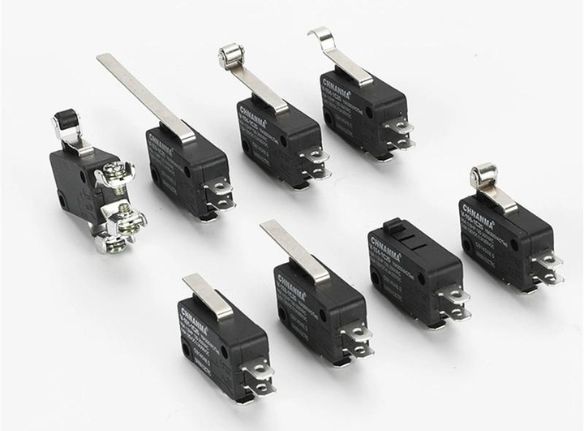
A Single Pole Single Throw (SPST) micro switch is a simple on/off switch that controls a single circuit. It has one input contact and one output contact. When actuated, it either connects or disconnects the circuit. Micro switches are known for their small size and precise actuation. They are commonly used in appliances, machinery, and control systems for detecting positions or triggering actions.
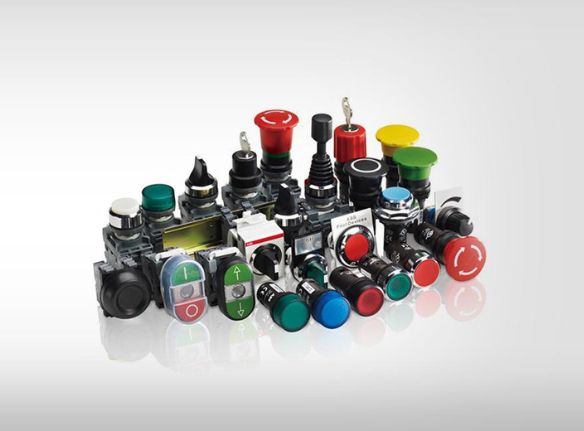
A Single Pole Single Throw (SPST) push button switch is a basic on/off switch. It has one input and one output terminal, allowing current to flow when the button is pressed (closed) and stopping the flow when the button is released (open). It is commonly used in simple circuits to control devices like lights or small motors.
Related Product
FAQs
Single Pole Single Throw (SPST) Switch are commonly used in various applications, and people often have questions about them. Here are five of the most popular FAQs for Single Pole Single Throw (SPST) Switch
When the switch is on, it completes the circuit, allowing electricity to flow. When off, it breaks the circuit, stopping the flow of electricity.
SPST switches are widely used for:
Light switches in homes and buildings
Doorbell buttons
Automotive switches (e.g., headlights, fog lights)
Security system components (e.g., tamper switches)
Common types include:
Toggle switches
Push-button switches (momentary or latching)
Rocker switches
An SPST NO switch is open (not conducting) when at rest. Pressing or actuating the switch closes the circuit, allowing electricity to flow.






